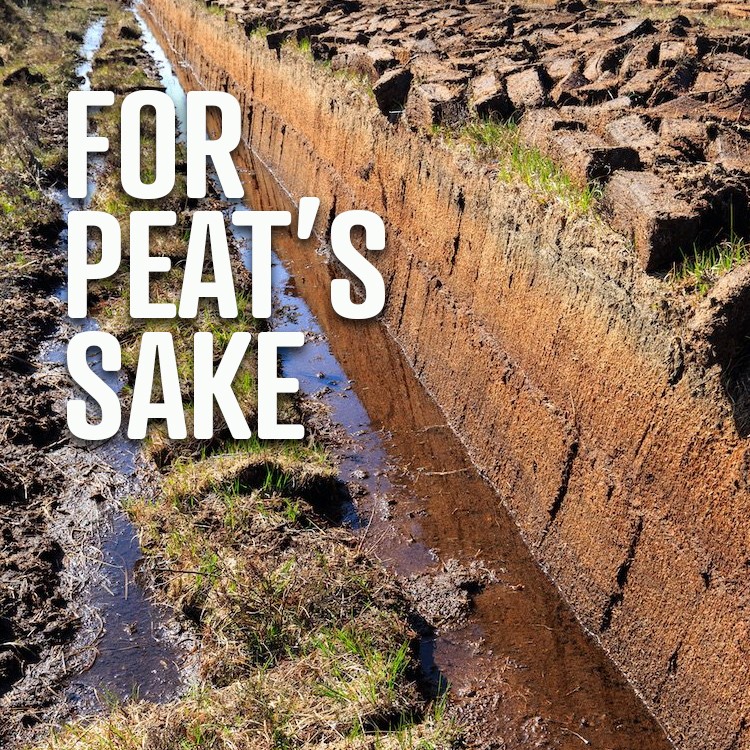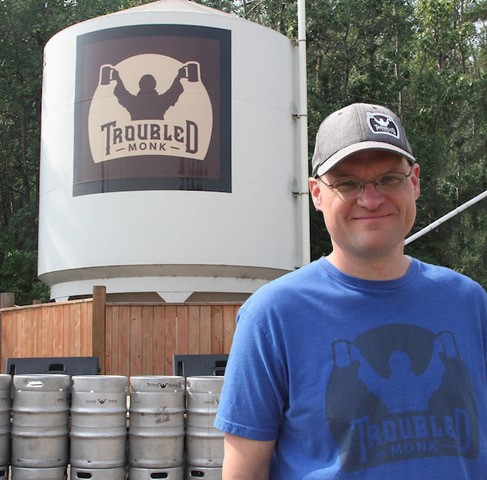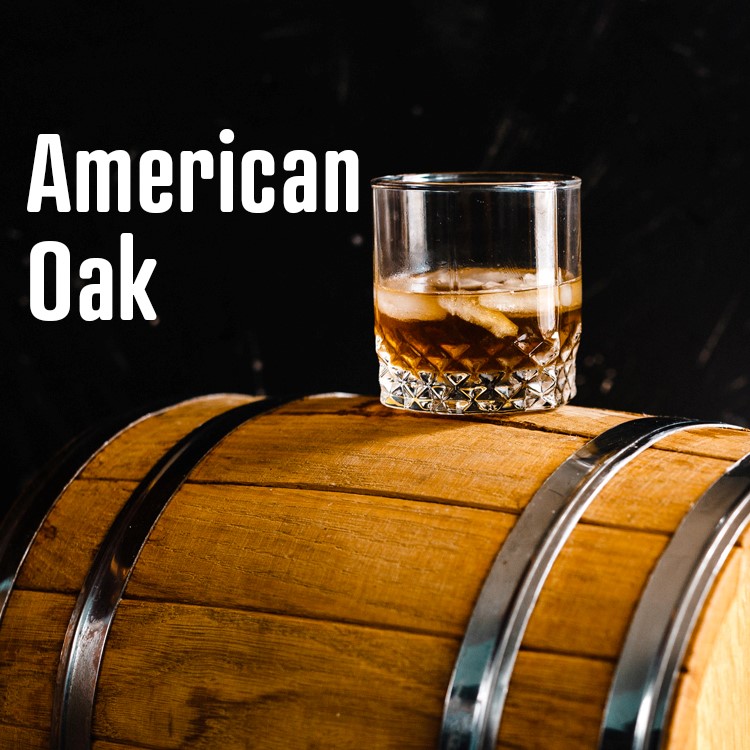Peated whisky is a type of whisky that is characterized by its smoky flavour, which comes from the use of peat in the malting process. Here’s how it’s made and what distinguishes it:
- Peat and the Malting Process:
- Peat is a type of soil that consists of partially decayed organic matter, often found in bogs and moorlands. It has been used as a fuel source in many parts of the world.
- In the production of peated whisky, barley is dried over peat fires. The smoke from the burning peat infuses the barley with phenols and other aromatic compounds, which impart a distinctive smoky flavour to the whisky.
- Flavour Profile:
- The smoke flavour can range from subtle to intense, depending on the amount of peat used and the length of exposure during the drying process.
- Besides smoke, peated whisky can have notes of earthiness, medicinal flavours, and sometimes a seaweed or iodine character, particularly in whiskies from coastal regions.
- Regions Known for Peated Whisky:
- Scotland: The most famous peated whiskies come from Scotland, particularly from the Islay region. Distilleries like Laphroaig, Ardbeg, and Lagavulin are renowned for their heavily peated expressions.
- Other Regions: Peated whiskies are also produced in other regions, including parts of Japan, Ireland, and even the United States.
- Variations in Peat Levels:
- Peated whiskies can vary widely in the intensity of their peatiness. The level of peat is often measured in parts per million (PPM) of phenols. For example, an expression with 10-20 PPM might have a light smokiness, while one with 40-50 PPM or more can be very heavily peated.
Overall, peated whisky is appreciated for its unique and robust flavour profile, which appeals to whisky enthusiasts looking for something distinct and bold.






